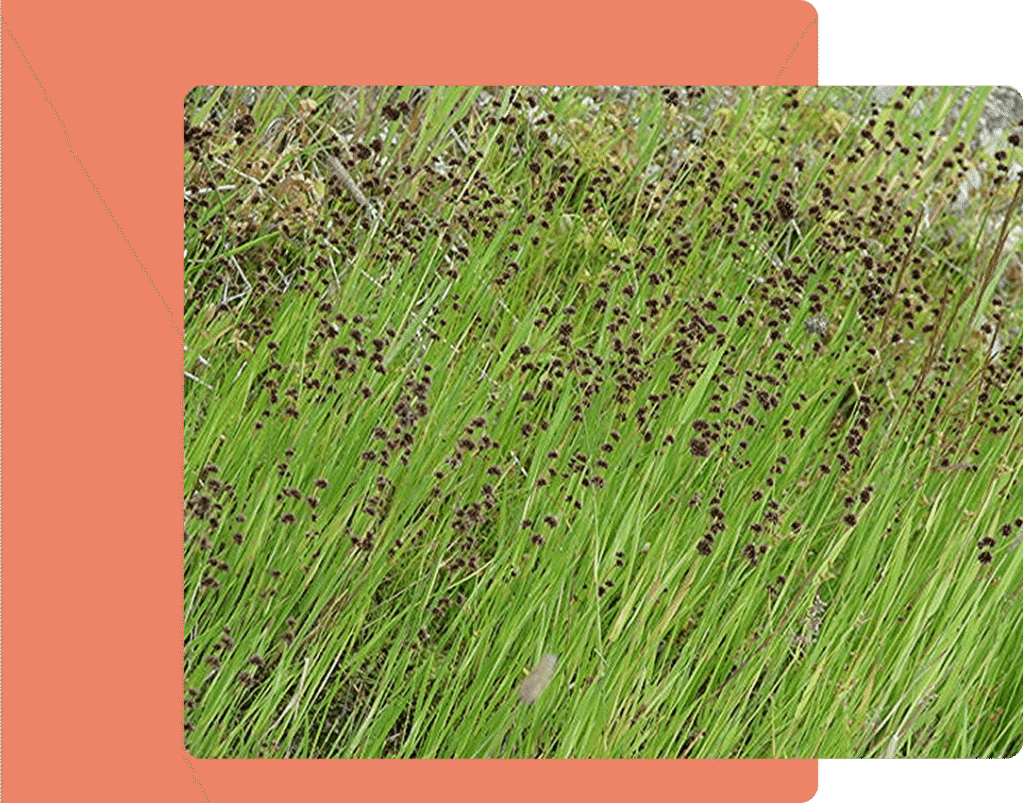A sleek, grass-like plant with sharp, sword-shaped leaves—nature’s minimalist design.
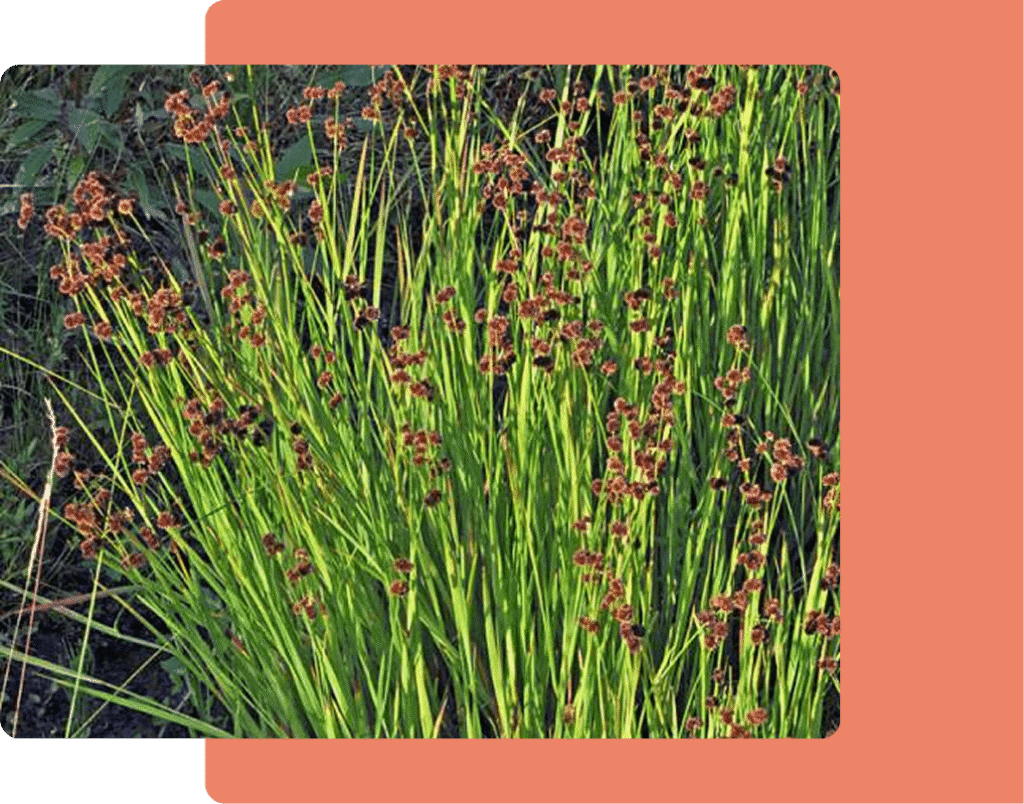
Thrives in moist meadows and along streams in the Sierra Nevada and beyond.
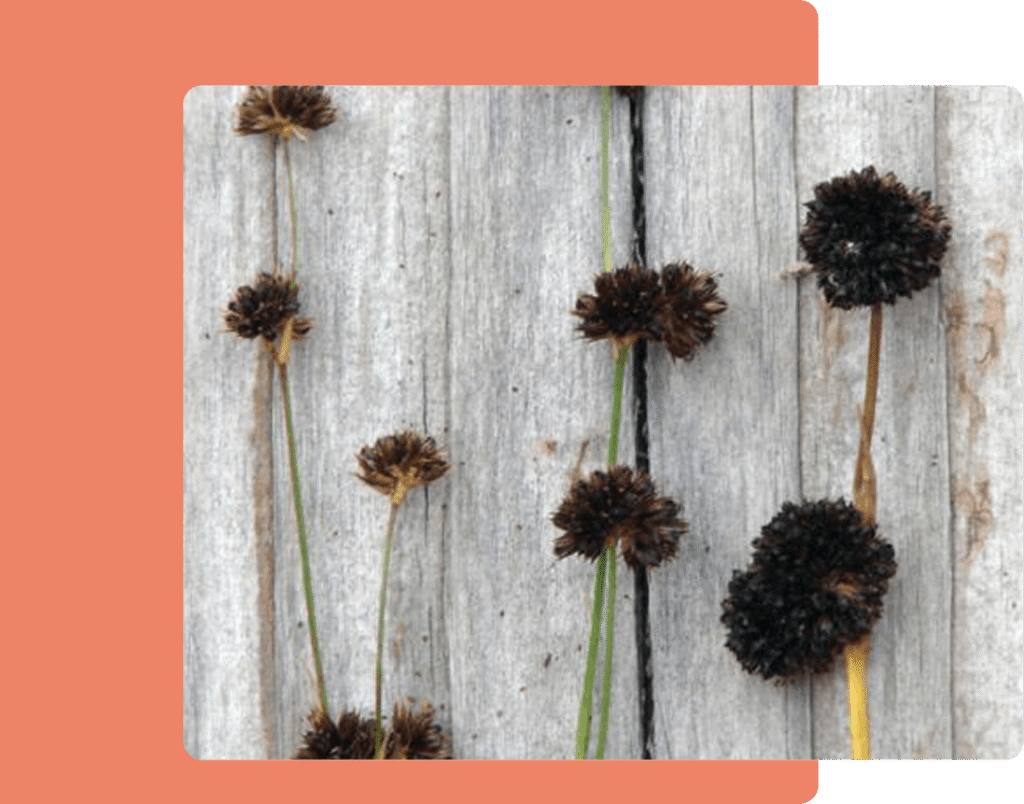
Adds structure to wetlands and provides habitat for insects and small animals.
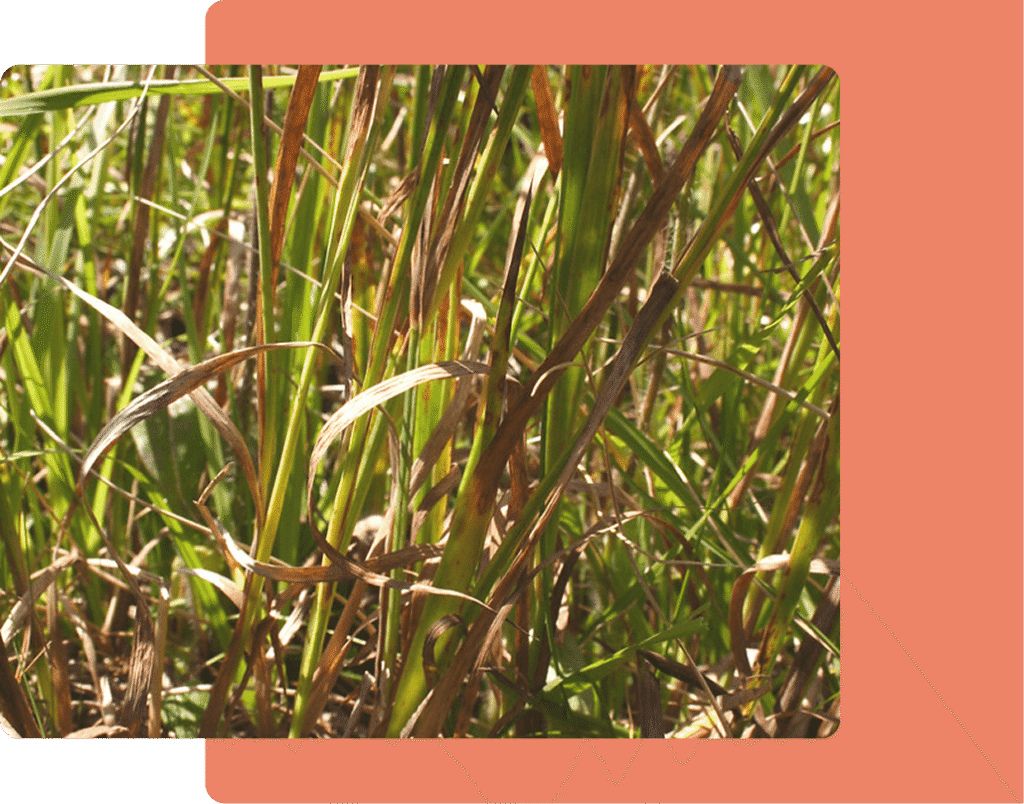
Spreads via rhizomes and produces seeds, ensuring its presence in wet areas.
Prefers cool, moist environments—common in high-altitude wetlands.
● Height: 1–3 feet
● Leaves: Narrow and upright
● Flowers: Small, brown clusters
Attracts pollinators and offers shelter for amphibians and insects.
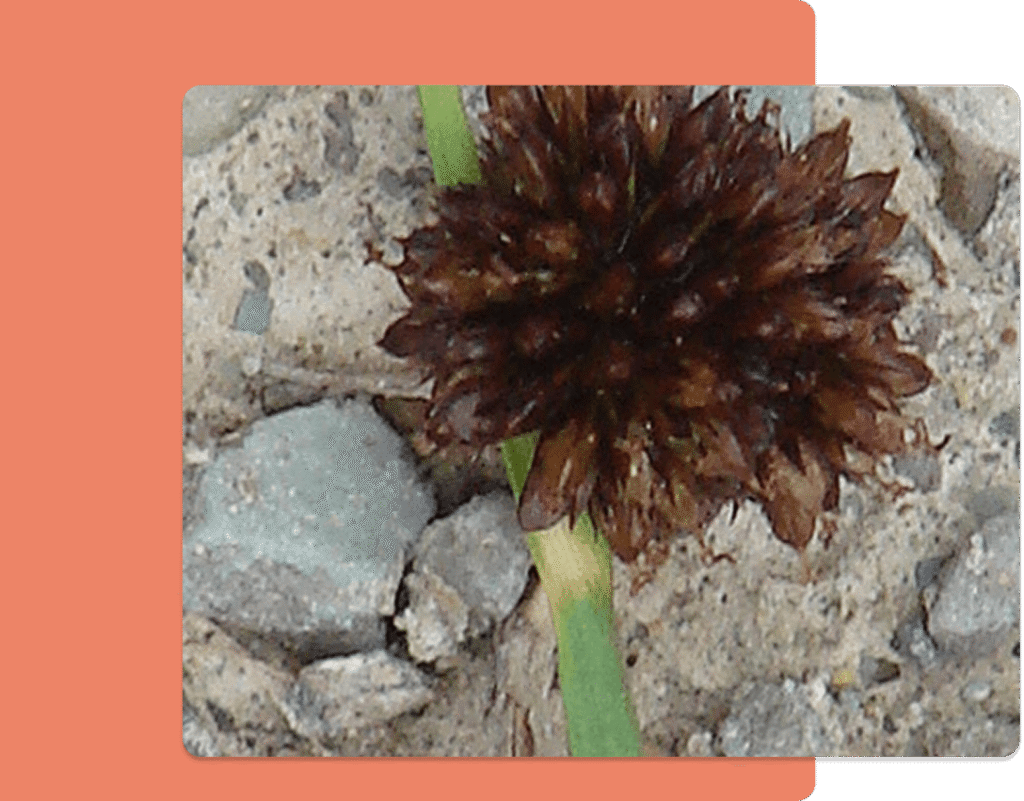
Its stiff stems were historically used for weaving and basketry.
Despite its sharp appearance, it’s quite gentle to the touch.
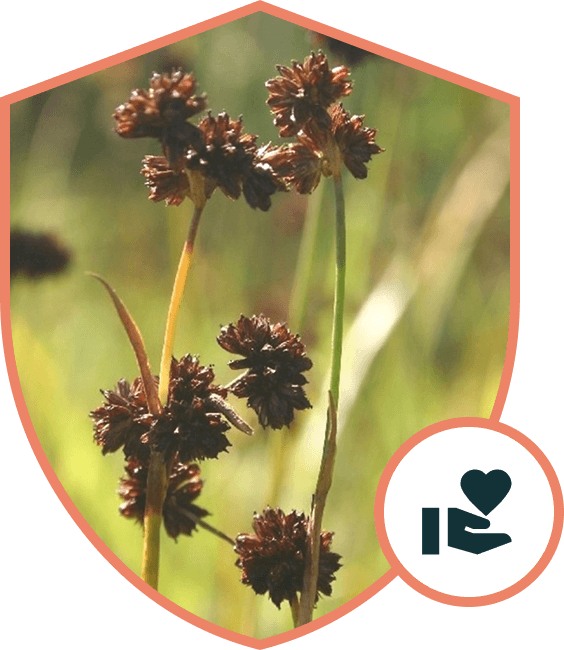
Maintaining swordleaf rush populations supports wetland integrity and biodiversity.
